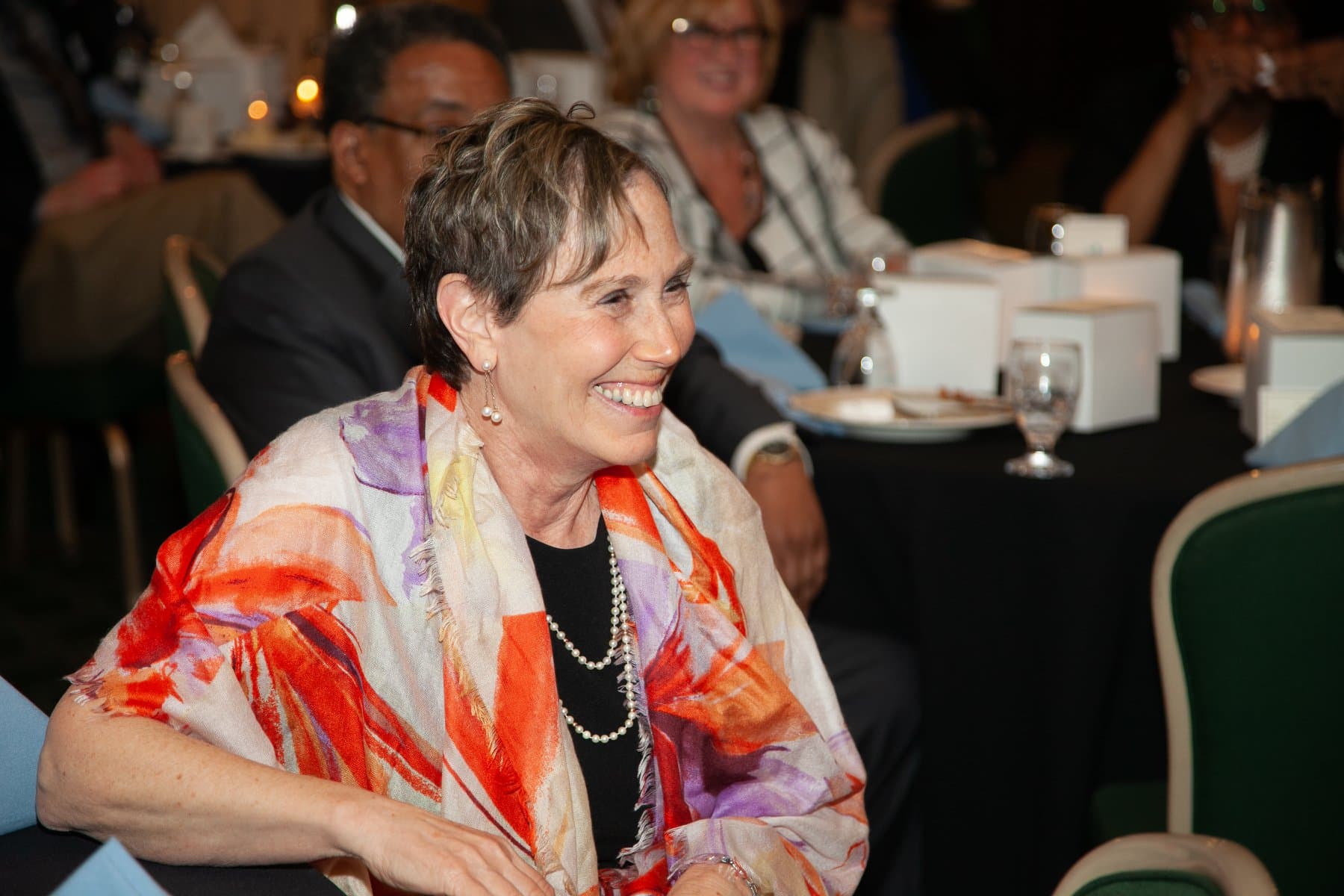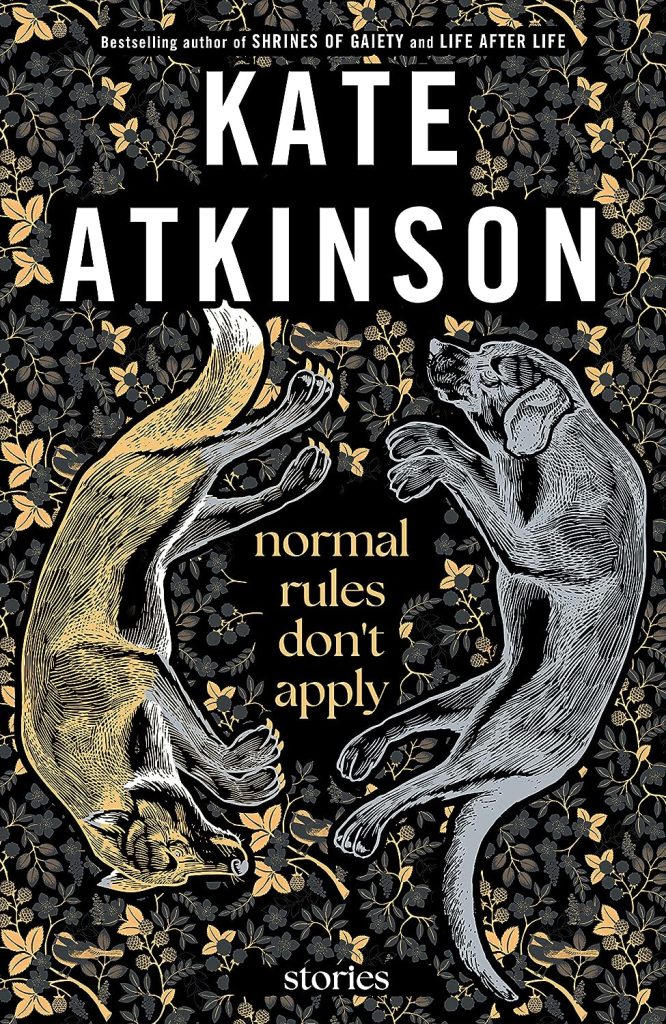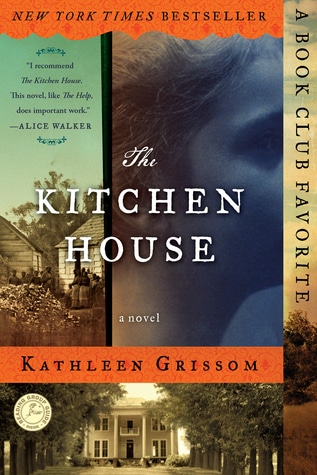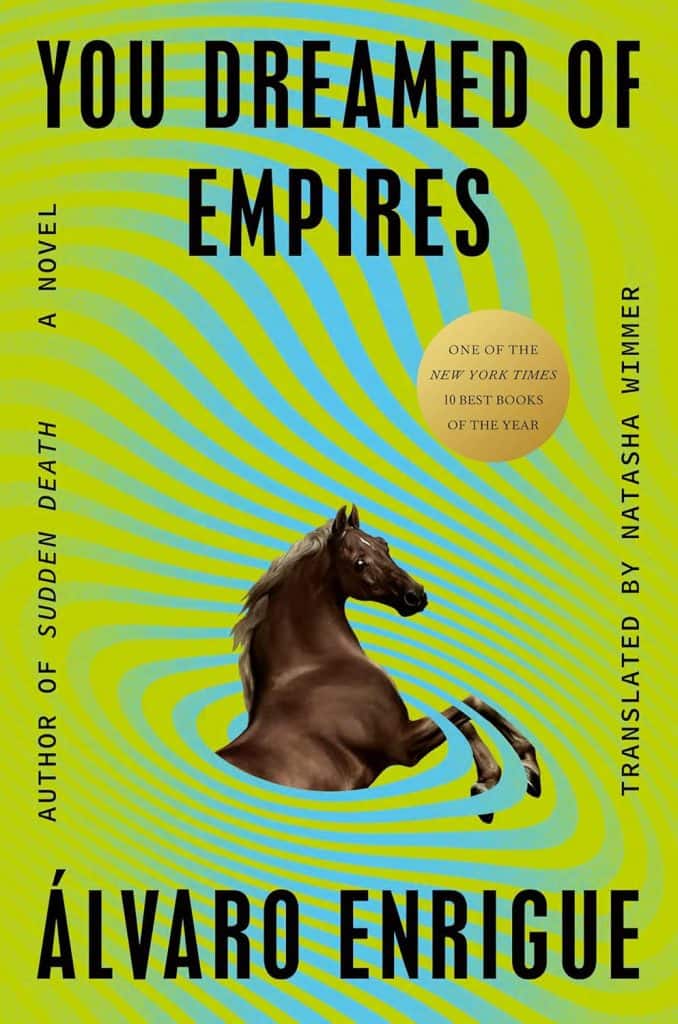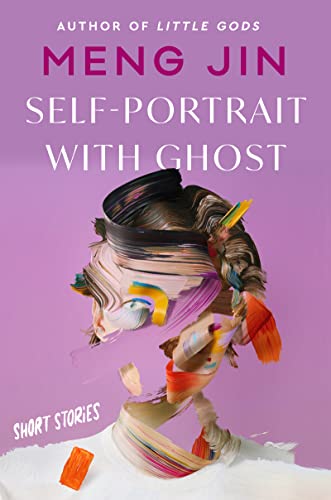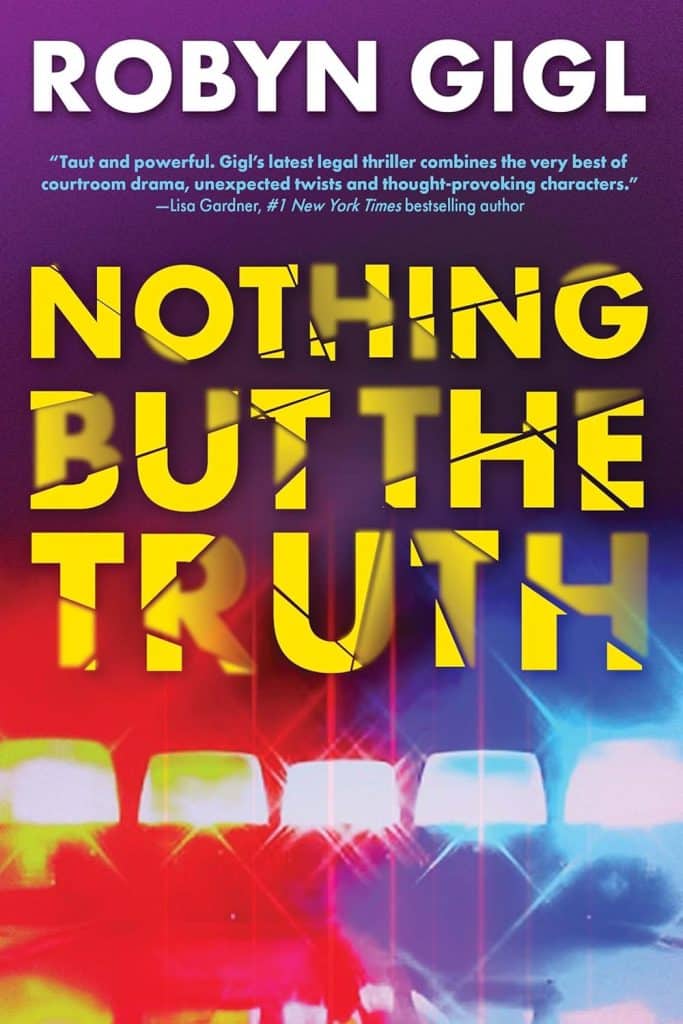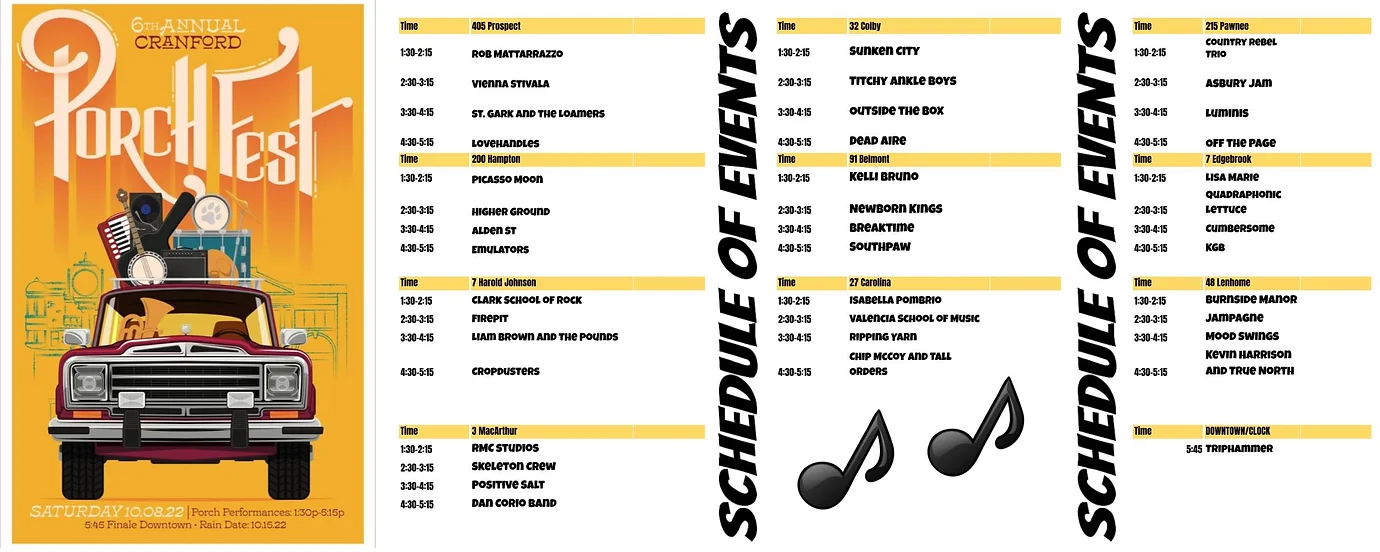
Porchfest 2022 Without Jan
Estimated reading time: 1 minute, 17 seconds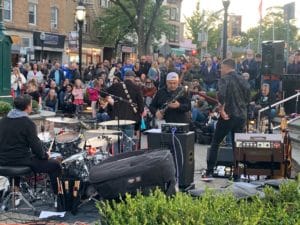 Besides my Saturday Zoom meeting and doing laundry, house cleaning, and other tasks today, I went to the closing performance of this year’s Porchfest in Cranford.
Besides my Saturday Zoom meeting and doing laundry, house cleaning, and other tasks today, I went to the closing performance of this year’s Porchfest in Cranford.
Porchfest is a celebration of music for people of all ages when, one afternoon, porches, stoops, and lawns all over the town became stages. People can stroll from porch to porch, listening, singing, dancing, and connecting with their neighbors.
Since 2018 when we moved to Cranford, Jan and I have enjoyed attending Porchfest events. We would go to as many venues as possible.
Jan was diagnosed a few months before our last Porchfest. We only went to two sites as she was too weak to walk or stand.
Yesterday forty-two bands played. I was only able to go to the closing performance by Triphammer.
While they set up, I had a chance to chat with neighbors.
Now I am curling up at home while the last load of laundry dries, reading a good book.
I will always miss my days and nights with Jan, but I know she is still with me and will guide me as I seek to live a solitary life.
The Jan Lilien Education Fund sponsors ongoing sustainability and environmental awareness programs. Gifts made this month; I will match dollar-for-dollar. All donations are tax-deductible.
I receive a commission when you buy a book or product using a link on this page. Thank you for supporting Sharing Jan’s Love.

